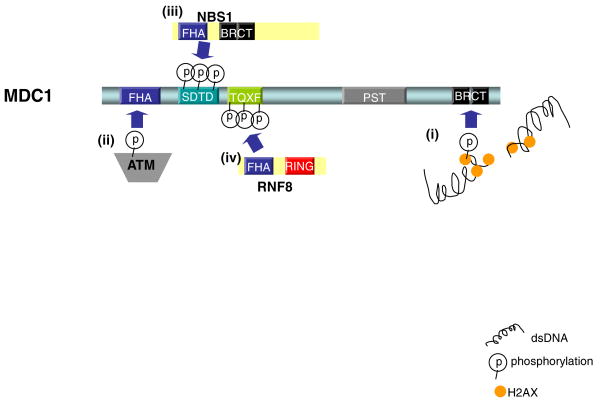Figure 1. MDC1 is the molecular platform for the assembly of checkpoint and repair proteins at the vicinity of DNA damage sites.
Schematic illustration of MDC1 domain organization and their respective roles in the assembly of various components in the DNA damage response pathway. i) Upon DNA damage, the histone variant H2AX (orange) surrounding DNA damage sites is phosphorylated by the ATM, DNA-PK and ATR kinases, which allows the direct engagement of MDC through its phospho-protein binding BRCT domain (black). ii) At damaged chromatin, the MDC1 FHA domain (blue) recruits phosphorylated ATM (gray) molecules and allows amplification of ATM signaling. iii) The MDC1 tandem SDTD repeats (aqua) are phosphorylated by casein kinase 2, which allows accumulation of the MRN complex through its interaction with NBS1. iv) Phosphorylation of the tandem TQXF repeats (lime green) on MDC1 mediates its interaction with RNF8 through its FHA domain, which initiates the ubiquitin-dependent signaling pathway involving RNF8, RNF168 and UBC13.

